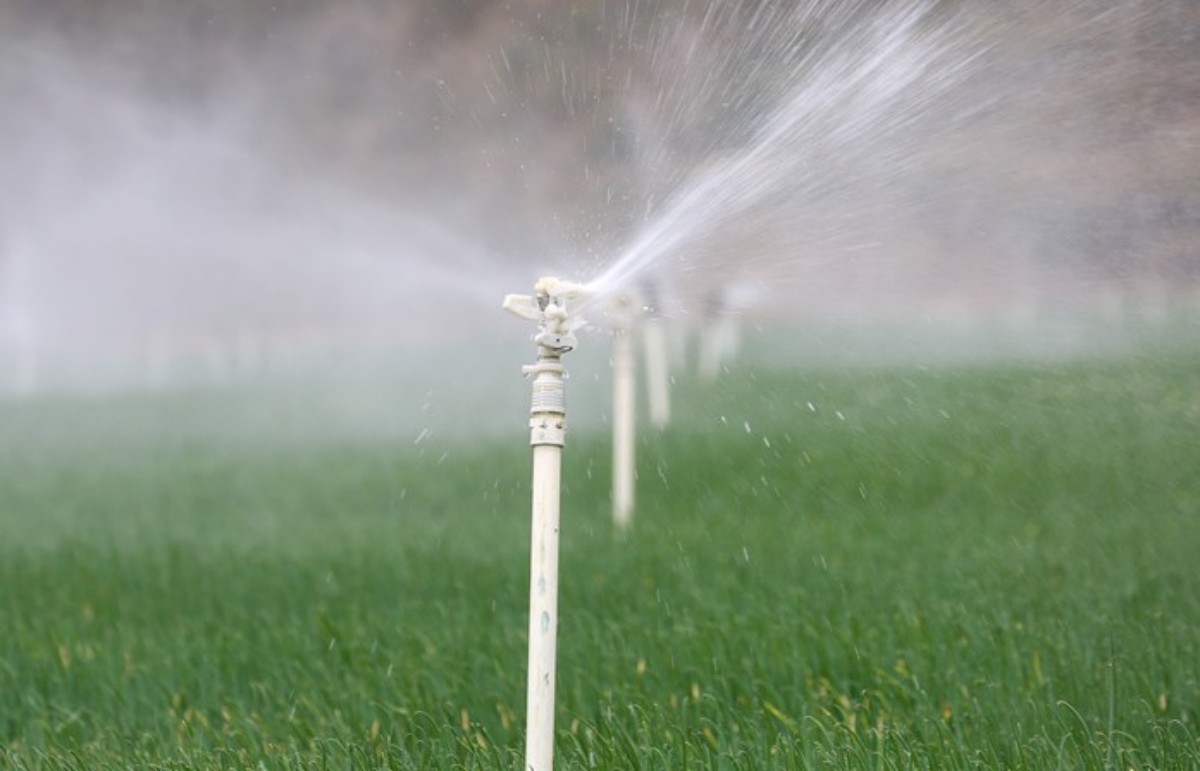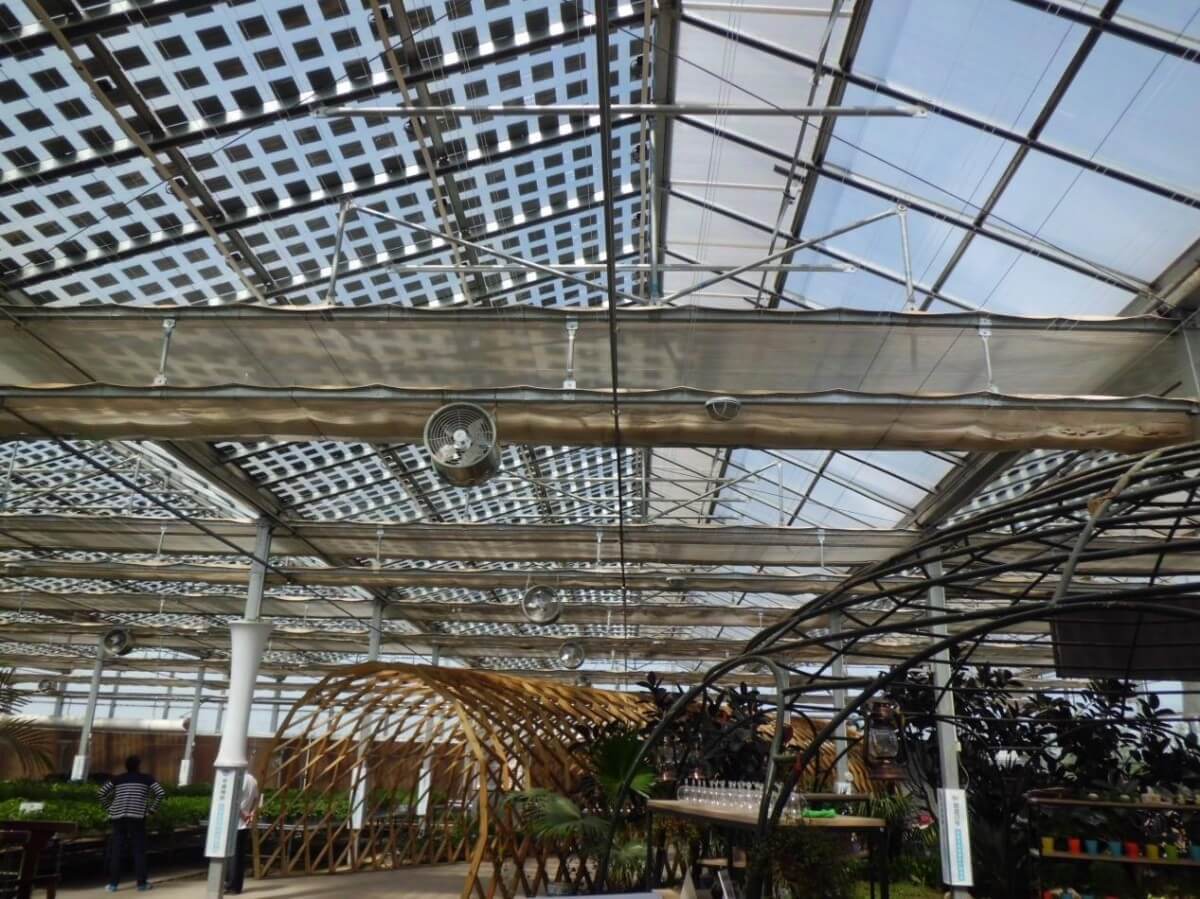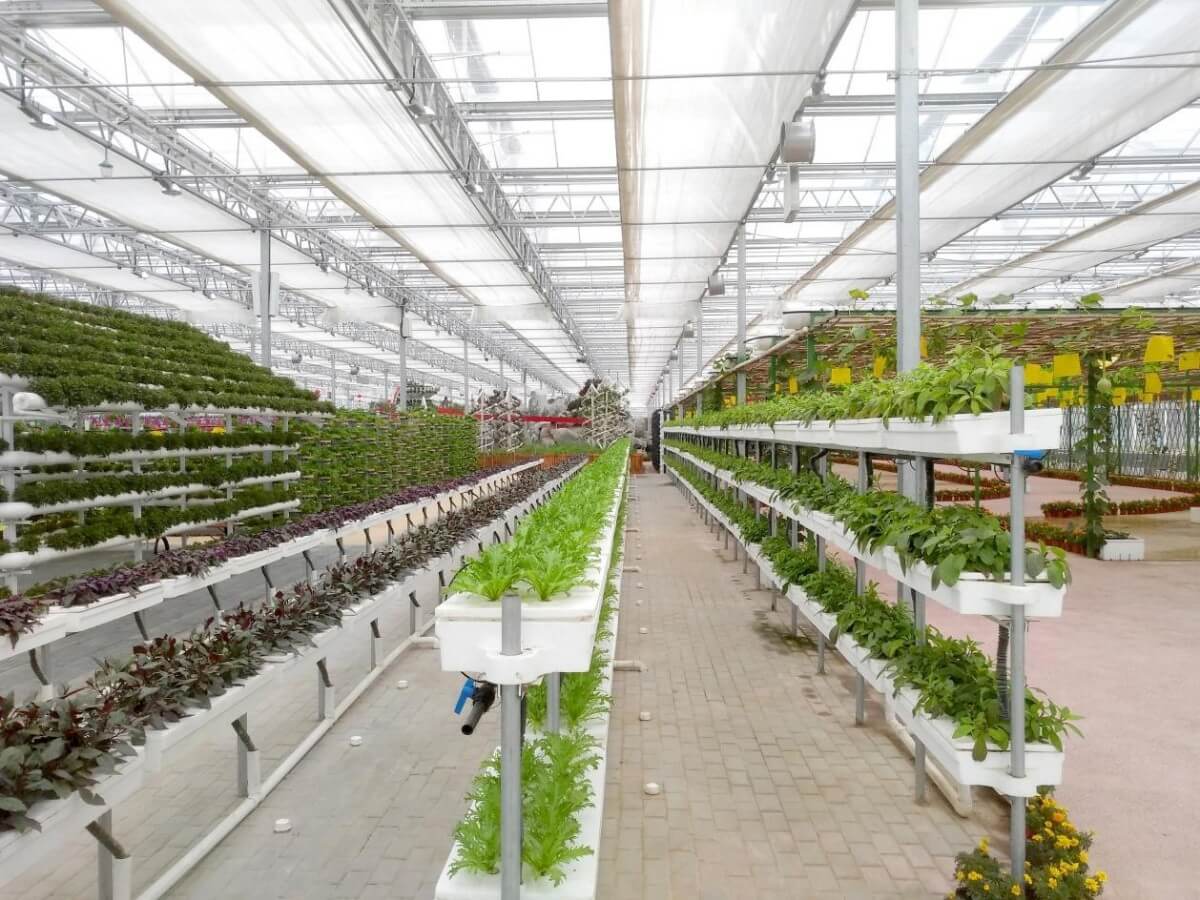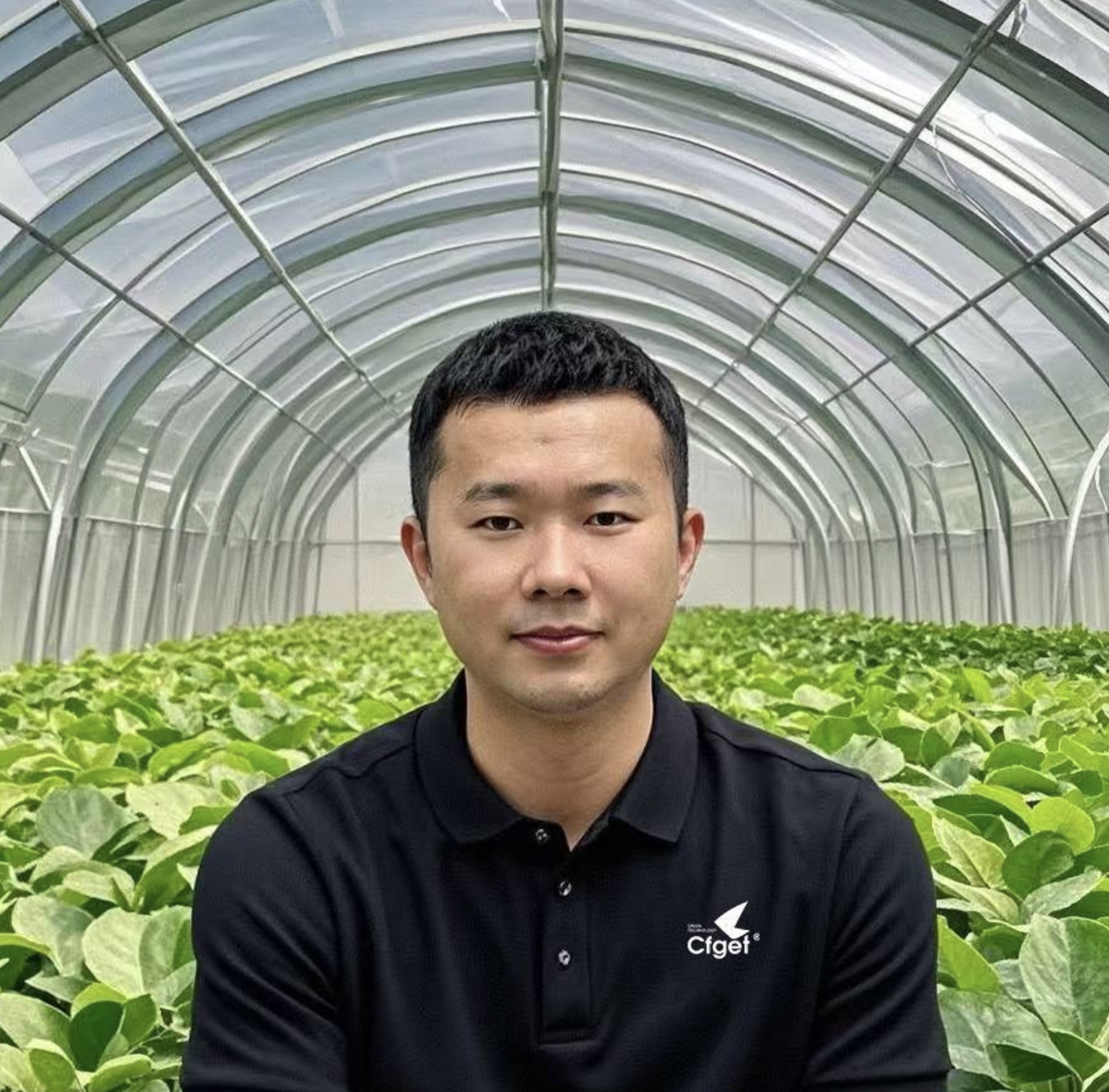Seiring meningkatnya perhatian global terhadap pembangunan berkelanjutan, pertanian rumah kaca secara bertahap menjadi metode penting untuk mengatasi masalah lingkungan dan meningkatkan produktivitas pertanian. Sebagai pendekatan pertanian yang efisien dan cerdas, pertanian rumah kaca dapat secara efektif mengurangi pemborosan sumber daya dan meningkatkan pemanfaatan sumber daya, yang berkontribusi pada produksi ramah lingkungan. Artikel ini akan membahas bagaimana pertanian rumah kaca, melalui konservasi air, efisiensi energi, pengurangan limbah, dan metode lainnya, mendorong transformasi hijau pertanian.
1. Manajemen Air Presisi untuk Menghindari Pemborosan
Pemanfaatan sumber daya air yang rasional merupakan keunggulan signifikan dari pertanian rumah kaca. Dalam pertanian tradisional, pemborosan air merupakan masalah serius, terutama di wilayah kering dan semi-kering, di mana kelangkaan air telah menjadi hambatan bagi pembangunan pertanian. Sebaliknya, pertanian rumah kaca menggunakan sistem irigasi yang presisi untuk mengurangi pemborosan air secara signifikan. Misalnya, sistem irigasi tetes dan mikro-sprinkler mengalirkan air langsung ke akar tanaman, menghindari penguapan dan kebocoran, serta meningkatkan efisiensi penggunaan air.
Aplikasi Praktis: At Rumah Kaca ChengfeiSistem irigasi otomatis digunakan untuk memantau kelembapan tanah secara langsung (real-time), menyesuaikan pasokan air berdasarkan kebutuhan tanaman. Pendekatan ini tidak hanya mengurangi pemborosan air, tetapi juga memastikan tanaman tumbuh dalam kondisi kelembapan yang paling sesuai.
2. Teknologi Hemat Energi untuk Menurunkan Emisi Karbon
Rumah kaca seringkali membutuhkan kondisi suhu, kelembapan, dan cahaya tertentu untuk memastikan pertumbuhan tanaman yang optimal. Rumah kaca tradisional sangat bergantung pada energi seperti listrik dan bahan bakar untuk mempertahankan kondisi ini, sehingga menghasilkan konsumsi energi dan emisi karbon yang tinggi. Namun, rumah kaca modern menggunakan sistem kendali cerdas, sumber energi terbarukan (seperti energi surya dan angin), dan material insulasi yang efisien untuk mengurangi ketergantungan pada sumber energi tradisional secara signifikan.
Aplikasi Praktis:Rumah Kaca Chengfei menggunakan panel surya efisiensi tinggi dan perangkat tenaga angin untuk memasok sebagian kebutuhan energi rumah kaca. Hal ini mengurangi ketergantungan pada jaringan listrik konvensional, menurunkan emisi karbon, dan mendorong penggunaan energi hijau. Selain itu, rumah kaca ini mengadopsi struktur membran dua lapis untuk meningkatkan insulasi dan mengurangi konsumsi energi untuk pemanasan dan pendinginan.
3. Mengurangi Penggunaan Pupuk dan Pestisida untuk Mendorong Penanaman Hijau
Penggunaan pupuk dan pestisida kimia yang berlebihan merupakan sumber utama polusi dalam pertanian tradisional. Pertanian rumah kaca dapat secara signifikan mengurangi ketergantungan pada pupuk dan pestisida melalui pemupukan yang tepat dan pengendalian hama. Lingkungan yang terkendali di dalam rumah kaca mencegah masuknya hama dan penyakit dari luar, sehingga memungkinkan petani untuk menggunakan metode pengendalian hayati dan sistem pemantauan cerdas untuk mengendalikan hama, sehingga mengurangi penggunaan pestisida.
Aplikasi Praktis: At Rumah Kaca ChengfeiMetode pengendalian hama biologis diterapkan, memanfaatkan serangga bermanfaat untuk mengendalikan hama, sementara teknologi Internet of Things (IoT) memantau kesehatan tanaman dan memastikan aplikasi pupuk organik dan unsur mikro yang tepat. Pendekatan ini tidak hanya mengurangi penggunaan pupuk kimia tetapi juga meningkatkan ketahanan alami tanaman terhadap penyakit, sehingga mendorong pertanian ramah lingkungan dan bebas bahan kimia.
4. Meningkatkan Efisiensi Pemanfaatan Lahan dengan Pertanian Vertikal
Keterbatasan lahan merupakan salah satu tantangan utama yang dihadapi pertanian global, terutama seiring dengan percepatan urbanisasi dan semakin langkanya lahan pertanian di dekat perkotaan. Pertanian rumah kaca dapat memaksimalkan efisiensi penggunaan lahan melalui pertanian vertikal dan budidaya berlapis. Dengan menanam tanaman berlapis-lapis, rumah kaca dapat membudidayakan beragam tanaman dalam ruang terbatas, sehingga meningkatkan pemanfaatan lahan secara signifikan.
Aplikasi Praktis: Rumah Kaca ChengfeiMenggunakan sistem pertanian vertikal, di mana lampu tanam LED melengkapi sinar matahari alami untuk tanaman di berbagai tingkat. Metode ini memungkinkan rumah kaca untuk menanam beragam tanaman di lahan yang sama, meningkatkan hasil panen per meter persegi dan memastikan penggunaan lahan yang lebih efisien.
5. Daur Ulang Sumber Daya untuk Meminimalkan Limbah
Keuntungan lingkungan lain dari pertanian rumah kaca adalah daur ulang sumber daya. Dalam pertanian tradisional, sejumlah besar limbah tanaman sering dibuang atau dibakar, membuang sumber daya berharga dan menyebabkan pencemaran lingkungan. Di rumah kaca, sisa tanaman, limbah tanah, dan produk sampingan lainnya dapat didaur ulang dan diubah menjadi kompos atau pupuk organik, yang kemudian digunakan kembali dalam produksi pertanian.
Aplikasi Praktis: At Rumah Kaca ChengfeiLimbah organik seperti akar dan daun tanaman dikirim ke fasilitas pengomposan, di mana limbah tersebut diolah menjadi pupuk organik. Pupuk ini kemudian digunakan untuk meningkatkan kualitas dan kesuburan tanah, sehingga mengurangi kebutuhan akan pupuk kimia. Selain itu, rumah kaca ini menggunakan sistem daur ulang air canggih untuk menyaring dan memurnikan air limbah, yang kemudian dapat digunakan kembali, sehingga mengurangi konsumsi air.
Kesimpulan
Pertanian rumah kaca bukan hanya metode efektif untuk meningkatkan hasil panen, tetapi juga merupakan teknologi kunci yang mendorong pertanian berkelanjutan. Melalui pengelolaan sumber daya yang cermat, konservasi energi, pengurangan penggunaan pupuk dan pestisida, peningkatan pemanfaatan lahan, dan promosi daur ulang limbah, pertanian rumah kaca bergerak menuju model produksi yang ramah lingkungan. Seiring kemajuan teknologi, masa depan pertanian rumah kaca akan semakin cerdas dan ramah lingkungan, menawarkan solusi berkelanjutan bagi transformasi hijau pertanian global.
Selamat datang untuk berdiskusi lebih lanjut dengan kami.
E-mail:info@cfgreenhouse.com
#PertanianRumahKaca
#PertanianBerkelanjutan
#KeberlanjutanLingkungan
#Efisiensi Sumber Daya dalam Pertanian
#Mengurangi Limbah Pertanian
#Praktik Pertanian Ramah Lingkungan
Waktu posting: 26-Jan-2025










 Klik untuk Mengobrol
Klik untuk Mengobrol